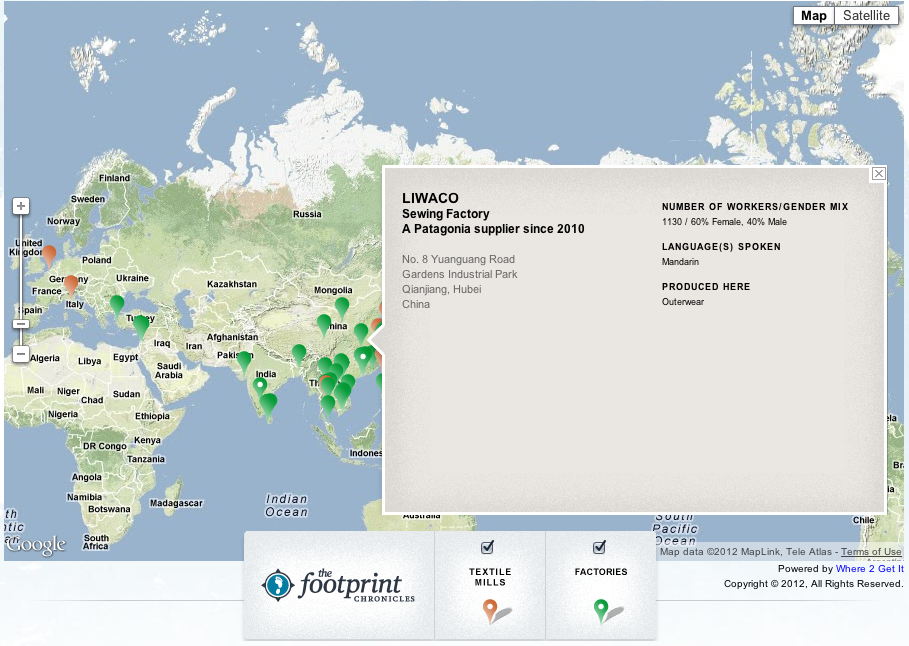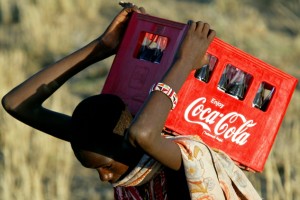In a time  when pennies count, retailers are looking for any competitive advantage they can find. One way which is starting to make a comeback is the layaway program. By allowing customers the opportunity to put items on hold for a set number of weeks, it gives the consumer who may not be able to afford a purchase right now the opportunity to lock in their price. These programs have several different structures, some charge upfront fees at the beginning of the layaway period, and additionally some of which accrue interest charges.
when pennies count, retailers are looking for any competitive advantage they can find. One way which is starting to make a comeback is the layaway program. By allowing customers the opportunity to put items on hold for a set number of weeks, it gives the consumer who may not be able to afford a purchase right now the opportunity to lock in their price. These programs have several different structures, some charge upfront fees at the beginning of the layaway period, and additionally some of which accrue interest charges.
This philosophy is nothing new in the retail world, but has seen a renaissance over the past few years, with many large retailers such as Sears, Kmart, and Toys ‘R Us pushing the programs. By offering layaway, retailers hope to boost early sales and beat their forecasts for the holiday season. Layaway does, however, have its downsides for companies since many have waived their service fees if consumers do not follow through with their purchase. This leaves merchandisers holding onto the extra inventory. Also with this new push to increase sales, retailers are adding many new items eligible for layaway. This move could prove to be both a positive and a negative. While on one hand it will bring in more shoppers to put things on layaway. If enough consumers do not follow through on their contracts and the stores took precious items off the sales floor, the results could prove costly.
By offering layaway financing through the stores themselves, it gives consumers who do not have, or might not want to use their credit cards. By allowing these consumers who might not have purchased the item otherwise to purchase from your company, it opens your profit potential that much more. Because it entails more planning on behalf of the merchandising crew, and all of the other aspects listed above, the decision on whether the layaway program is beneficial to each individual company is something that is up for debate.
Question: If you had a retail company, do you believe implementing a layaway program would be a good idea? What are some other benefits and consequences in addition to the ones mentioned that might come about due to a layaway program?
http://www.cnbc.com/id/49302750
http://chainstoreage.com/article/sears-kmart-jump-layaway-bandwagon-waiving-fees





